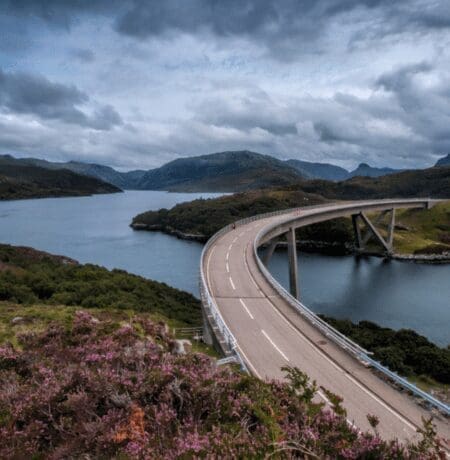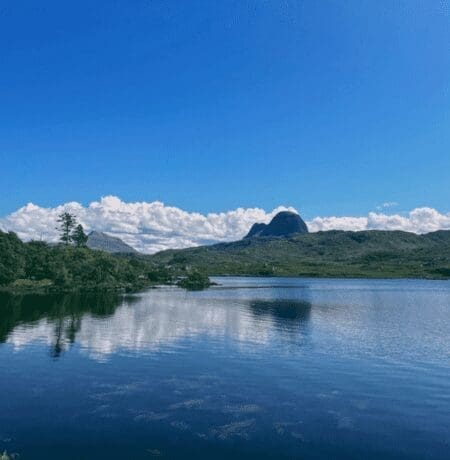Loch Laxford, image by Visit Scotland / Airborne Lens
Sutherland: North West
The West Coast of Sutherland is a land of wild beauty and endless discovery.
From dramatic cliffs and secluded beaches to soaring mountains and peaceful lochs, it’s a haven for adventurers, nature lovers, and anyone seeking the raw, unspoiled charm of the North Highlands. Every turn reveals breathtaking scenery, hidden gems, and unforgettable experiences waiting to be explored. Offering the perfect escape to reconnect with nature, here, far from the busy world, you can breathe deeply, embrace the peace, and experience the North Highlands’ breathtaking unspoiled beauty.
Highlights of the region
Stunning Beaches
Pristine, unspoiled beaches with golden sands and turquoise waters, such as Sandwood Bay and Oldshoremore offers unforgettable scenery and a true escape into Scotland’s wild coastal beauty.
Breathtaking Scenery
West Sutherland’s scenery is incredible, with dramatic mountains, sparkling lochs, and rugged coastlines. Visitors can enjoy unforgettable views, peaceful walks, and the raw beauty of Scotland’s awe-inspiring untouched landscapes.
Treasured with Hidden Gems
West Sutherland offers unforgettable road trips through quieter, lesser-visited routes, where winding single-track roads reveal hidden beaches, remote lochs, and dramatic mountain passes far from the busier main routes.
[Town] and the [Region]
Lorem ipsum dolor sit amet ut dolore facilis ad dolorem rem officia eius id totam tempora sit fuga architecto vel unde quisquam quo dolores dolorum. Lorem ipsum dolor sit amet ut dolore facilis ad dolorem rem officia eius id totam tempora sit fuga architecto. (40-50 words)
If no video availble, remove this section, and divider section below
Places to eat & drink
From seafood, to game, to fruit and veg, you’re guaranteed local flavours to remember with every meal you savour on the West Coast.
Here you’ll find that every meal tells a story. Enjoy seafood landed just feet from your plate, venison from nearby hills, and vegetables grown by crofters your hosts know by name. Freshness and traceability are guaranteed at their finest.
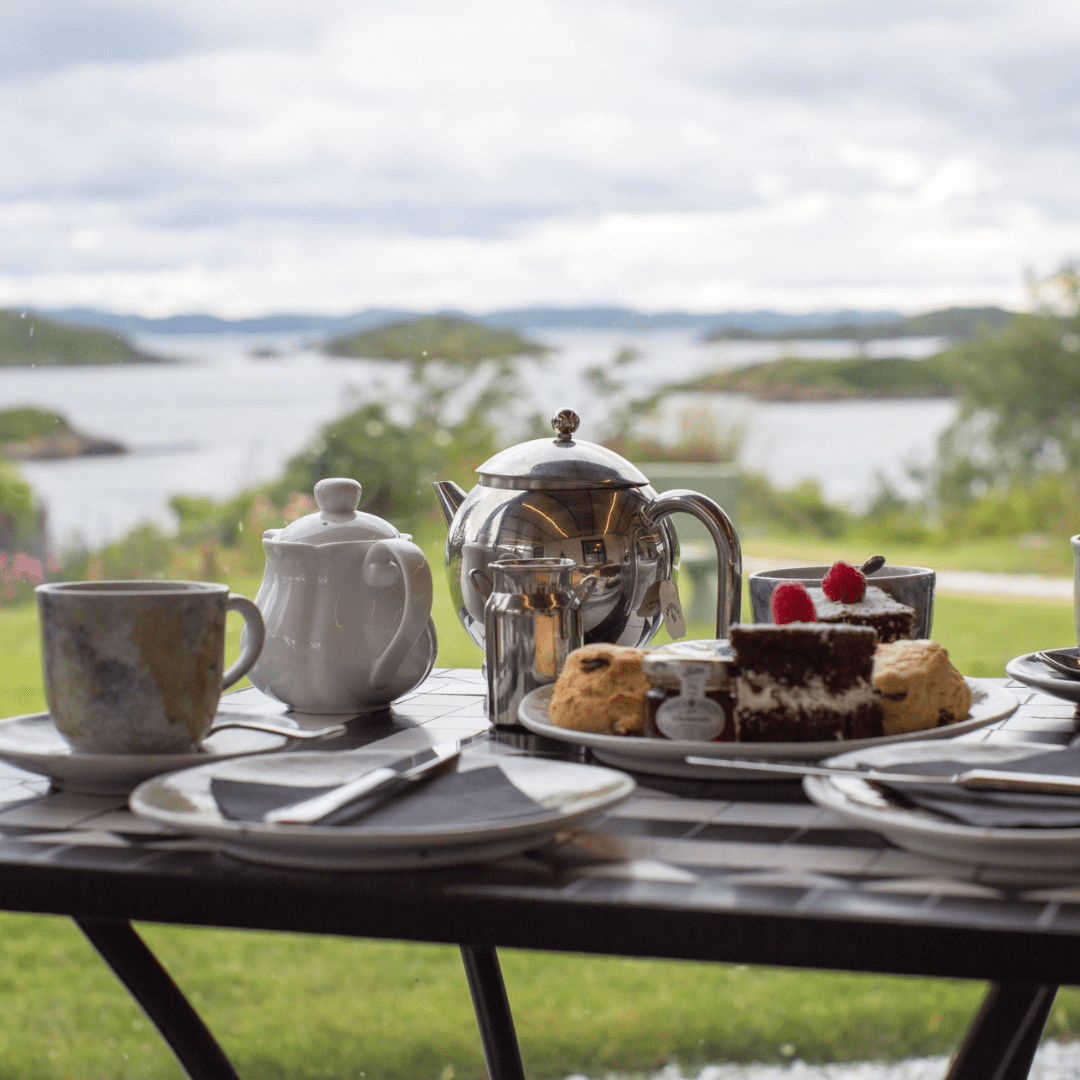



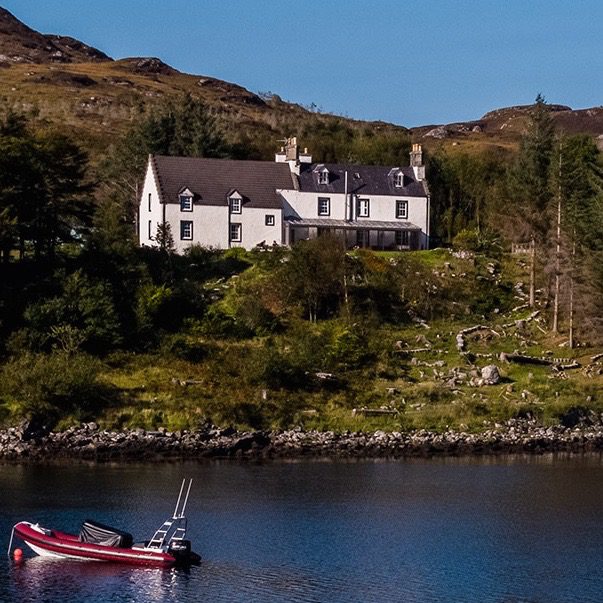

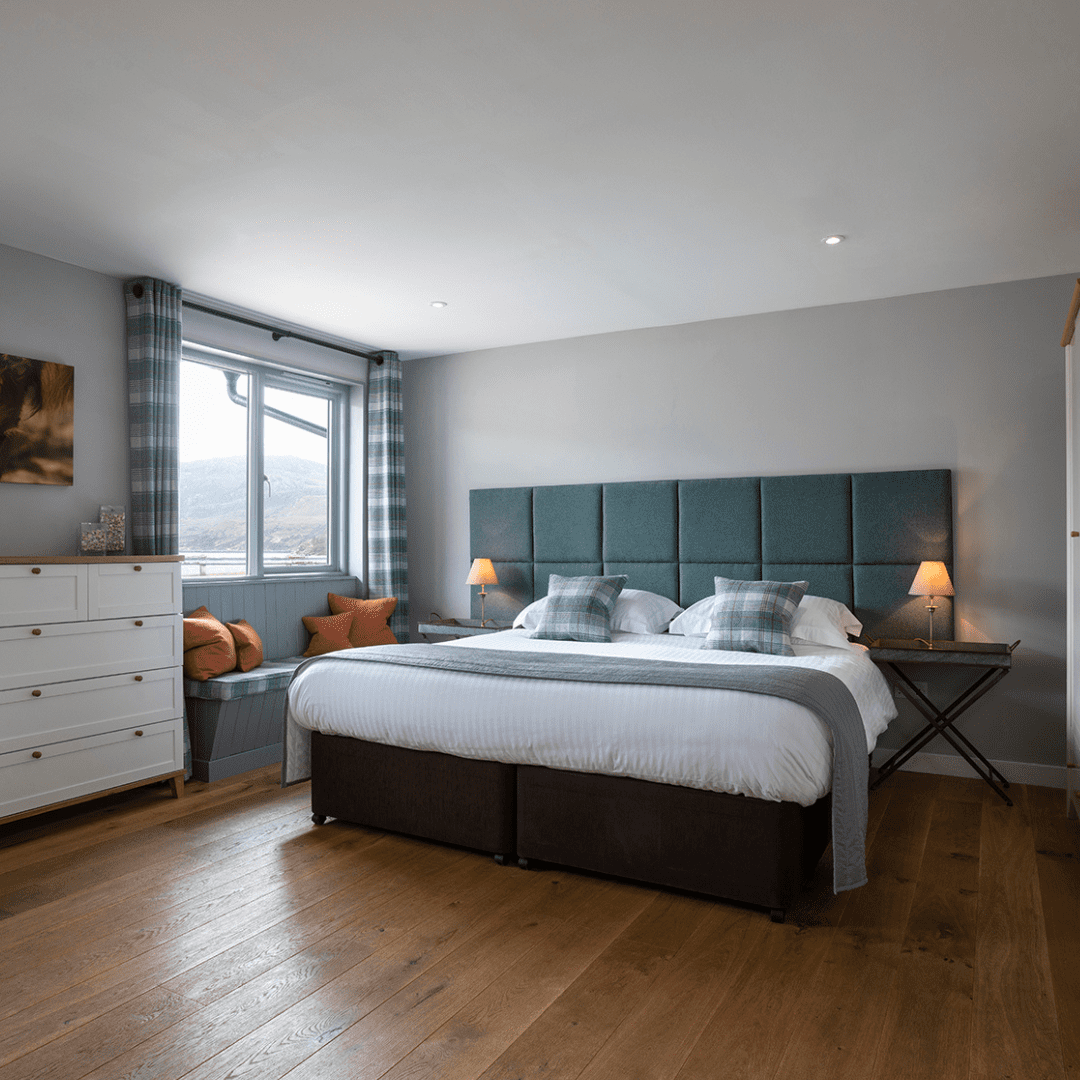
Places to stay
With ever-changing views and endless adventures, the West of Sutherland is the ideal base for exploring the North Highlands.
From modern boutique guesthouses to cosy traditional hotels or well-equipped self-catering stays, you’ll find the perfect place to suit your style.
Walk or Cycle the North West
Assynt and the North West of Sutherland is a haven for visitors looking to explore the landscape under their own steam.
From Munro bagging and leisurely beach strolls to mountain biking rugged trails or enjoying a peaceful ride along quiet single-track roads, the West Coast of Sutherland is a haven for outdoor enthusiasts of all abilities. Explore hidden gems at your own pace and discover the region’s wild beauty under your own steam.

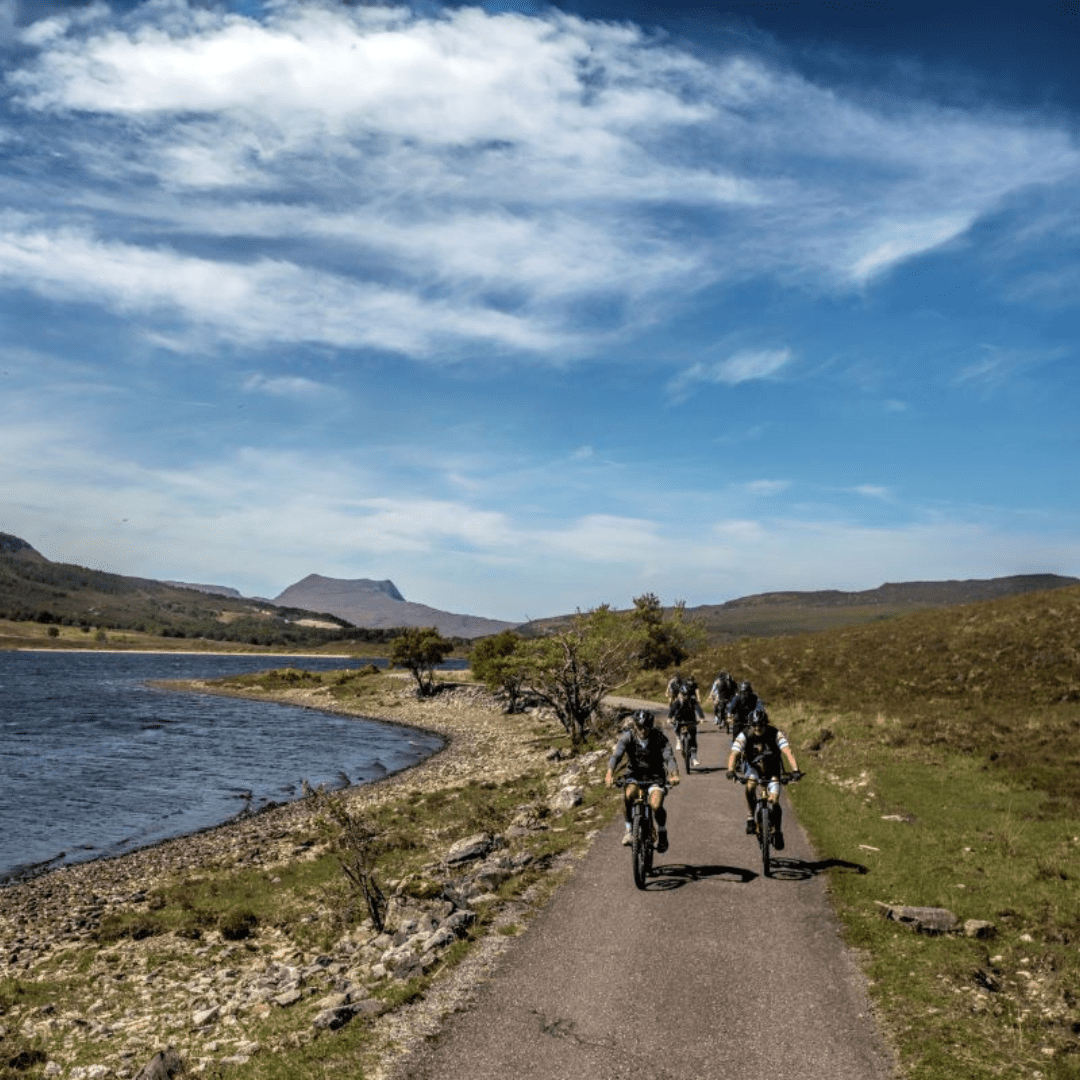
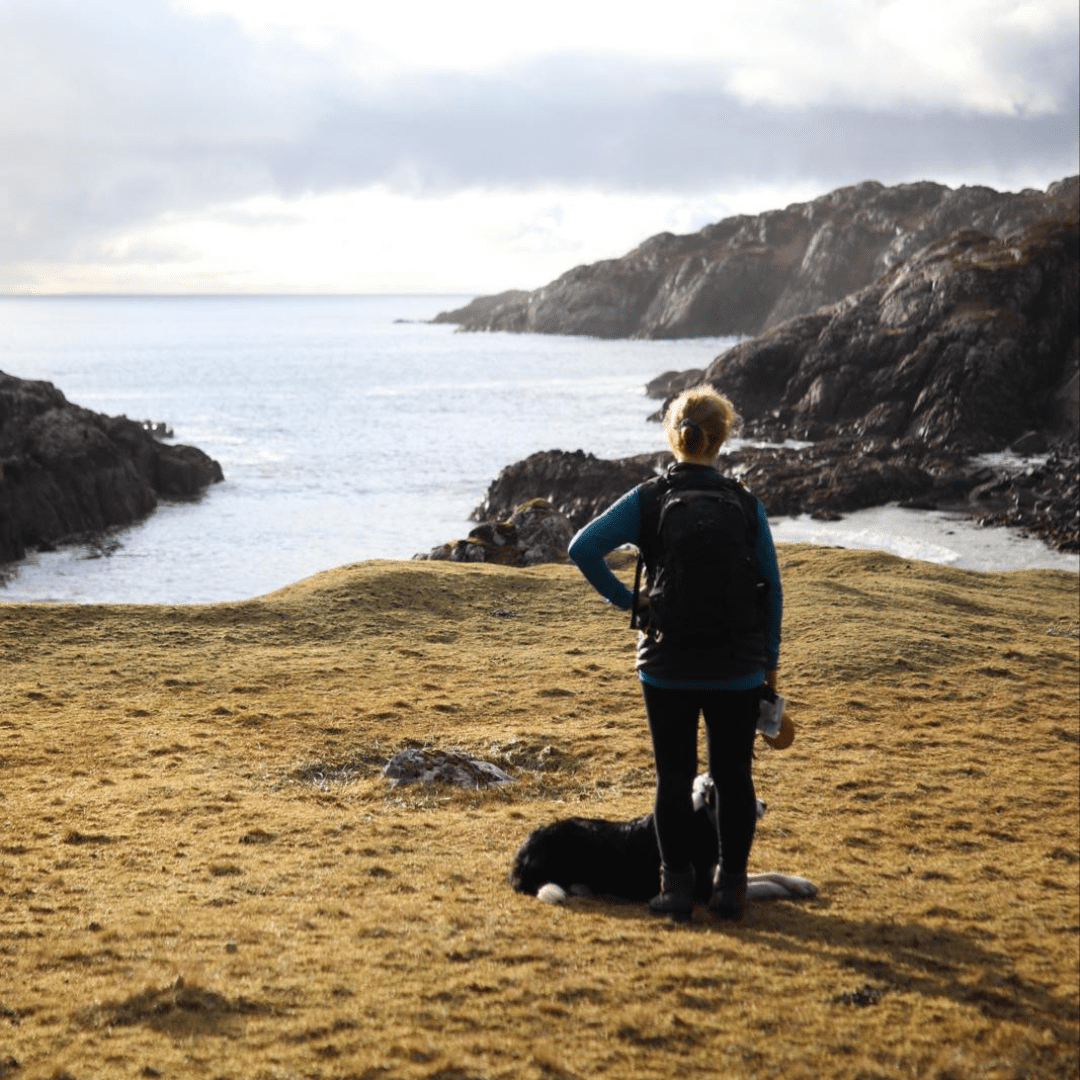


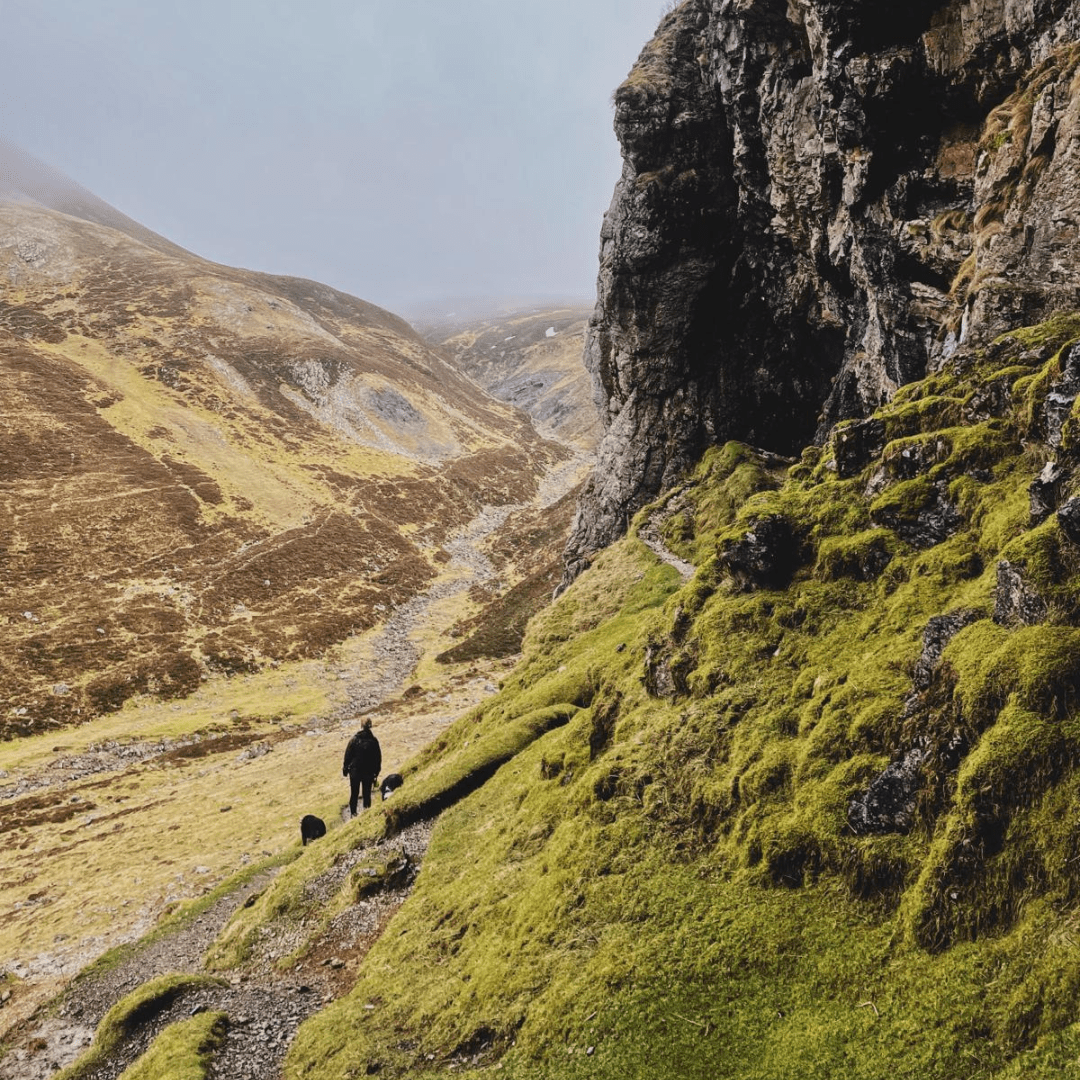
Golden Eagle Zip Line
Durness – a Coastal Dream of Wild Adventure
Famous for its dramatic cliffs, pristine beaches like Sango Bay, and striking sea caves like Smoo Cave and iconic zipline. it’s perfect for hiking, wildlife spotting, or simply soaking in the scenery. With cosy accommodations, local cafes, vibrant pubs and a welcoming village atmosphere, Durness offers an unforgettable gateway to the raw charm of the North Highlands.
Explore the Striking Geological Beauty of Assynt
Situated with in North West Highlands Geopark World Heritage Site, you can wander among iconic peaks like Suilven, discover hidden waterfalls such as Eas a’ Chual Aluinn, or explore historic ruins like Ardvreck Castle and Clachtoll Broch. With abundant wildlife, charming villages, and untouched wilderness, Assynt offers a peaceful yet adventurous escape for nature lovers, photographers, and outdoor enthusiasts alike.
Quinag
Useful information
Getting here
Heading 4
Lorem ipsum dolor sit amet et dolore facilis ad dolorem praesentium rem officia eius id totam tempora sit fuga architecto vel unde quisquam quo dolores dolorum!
Ut officiis asperiores hic iure fuga et quia rerum. Eos sapiente laudantium nam explicabo dolor rem doloremque adipisci aut consectetur fugiat et laudantium rerum minus earum. Qui voluptate quaerat et illum natus ut dolorum laboriosam ea corporis optio. Ea velit quidem non enim nam explicabo dolor doloremque et omnis.
Getting around North West Sutherland
Heading 4
Lorem ipsum dolor sit amet et dolore facilis ad dolorem praesentium rem officia eius id totam tempora sit fuga architecto vel unde quisquam quo dolores dolorum!
Ut officiis asperiores hic iure fuga et quia rerum. Eos sapiente laudantium nam explicabo dolor rem doloremque adipisci aut consectetur fugiat et laudantium rerum minus earum. Qui voluptate quaerat et illum natus ut dolorum laboriosam ea corporis optio. Ea velit quidem non enim nam explicabo dolor doloremque et omnis.
Interest groups
Heading 4
Lorem ipsum dolor sit amet et dolore facilis ad dolorem praesentium rem officia eius id totam tempora sit fuga architecto vel unde quisquam quo dolores dolorum!
Ut officiis asperiores hic iure fuga et quia rerum. Eos sapiente laudantium nam explicabo dolor rem doloremque adipisci aut consectetur fugiat et laudantium rerum minus earum. Qui voluptate quaerat et illum natus ut dolorum laboriosam ea corporis optio. Ea velit quidem non enim nam explicabo dolor doloremque et omnis.
Shopping
Heading 4
Lorem ipsum dolor sit amet et dolore facilis ad dolorem praesentium rem officia eius id totam tempora sit fuga architecto vel unde quisquam quo dolores dolorum!
Ut officiis asperiores hic iure fuga et quia rerum. Eos sapiente laudantium nam explicabo dolor rem doloremque adipisci aut consectetur fugiat et laudantium rerum minus earum. Qui voluptate quaerat et illum natus ut dolorum laboriosam ea corporis optio. Ea velit quidem non enim nam explicabo dolor doloremque et omnis.
Discover what makes West one of the best
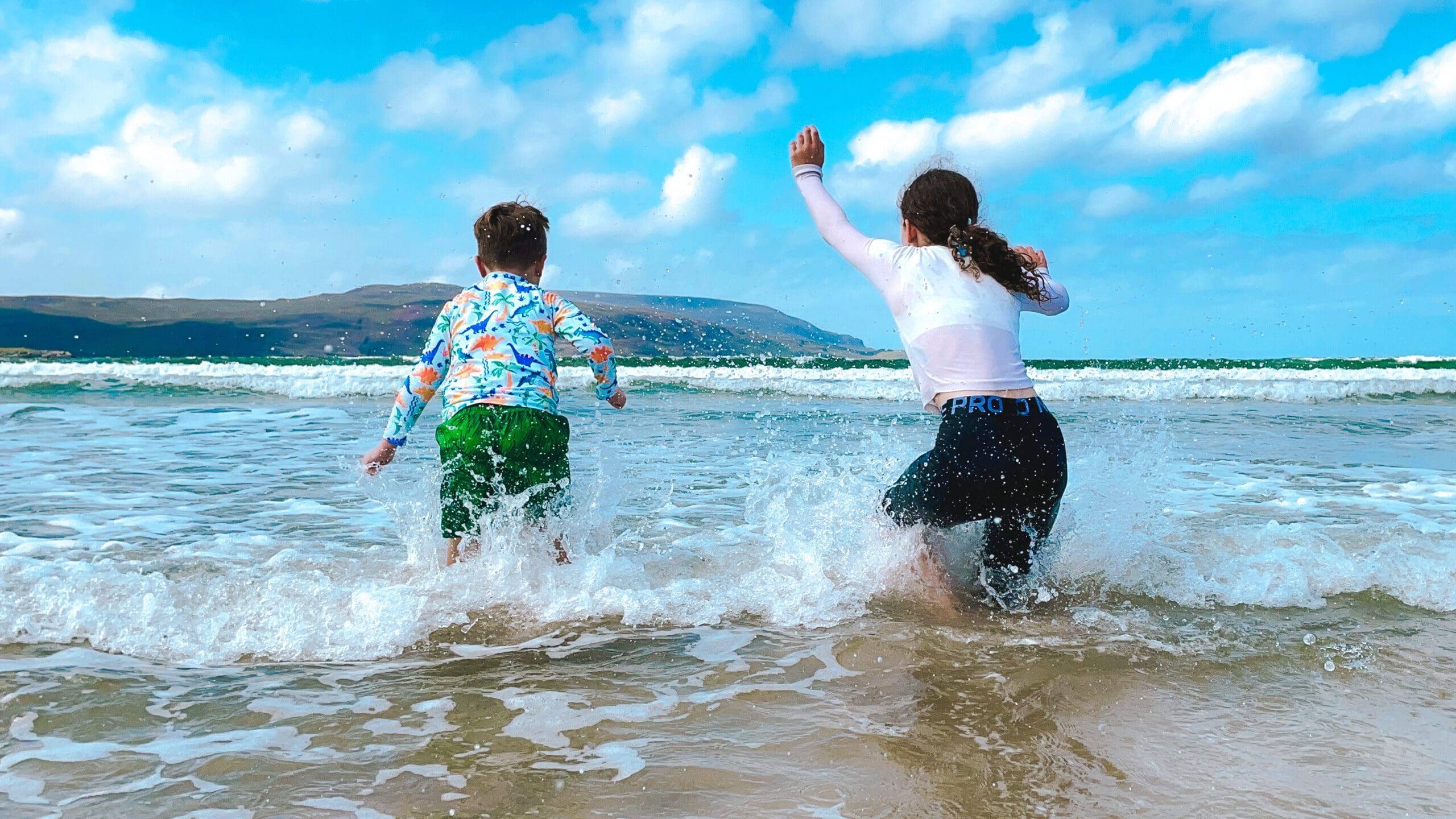
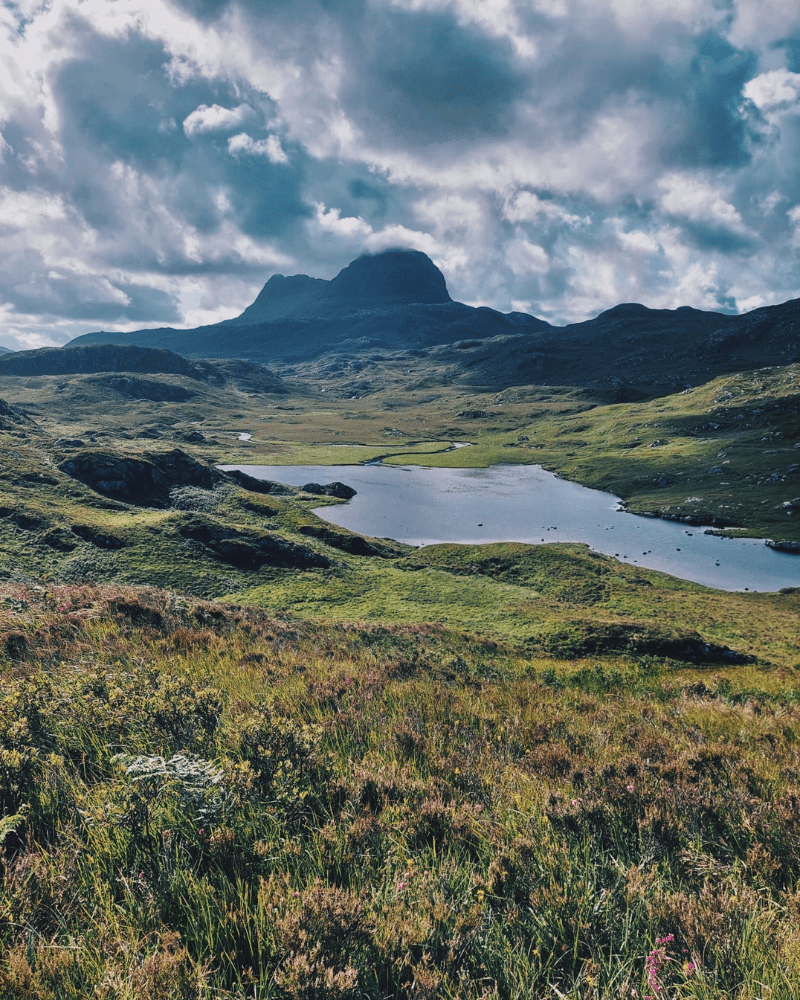
Where rugged mountains meet wild seas, the West Coast of Sutherland invites you to explore, breathe, and lose yourself in Scotland’s untouched beauty.
Eas á Chual Aluin, Britain’s highest Waterfall
Towns and Villages in the area
North West Sutherland is home to remote, characterful villages like Kinlochbervie, Durness, Scourie, and Lochinver. Set amid dramatic mountains and rugged coastlines, these communities offer tranquillity, a strong connection to nature, and a welcoming spirit rooted in crofting, fishing, and outdoor life in one of Scotland’s most scenic regions.



